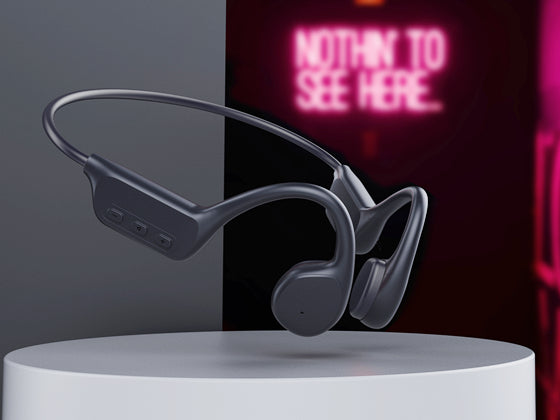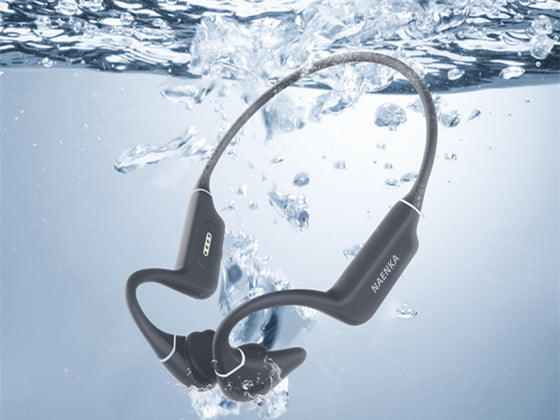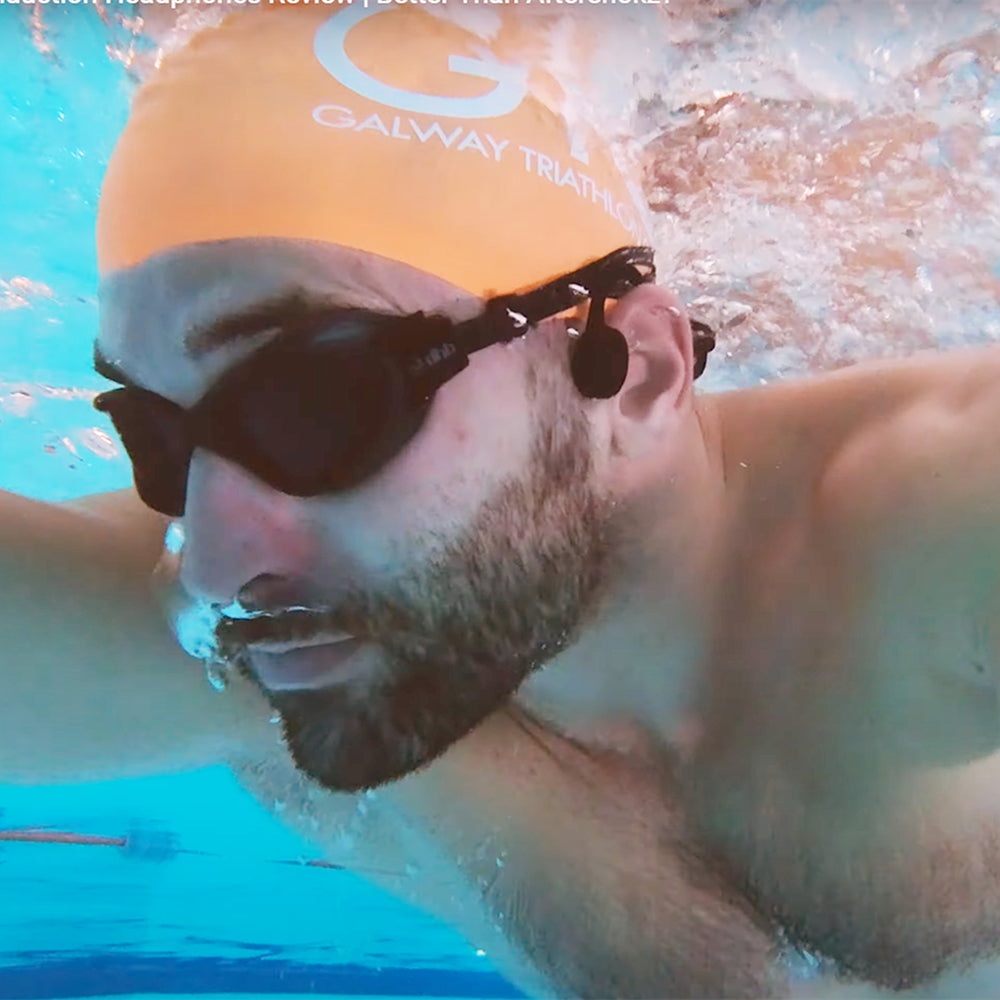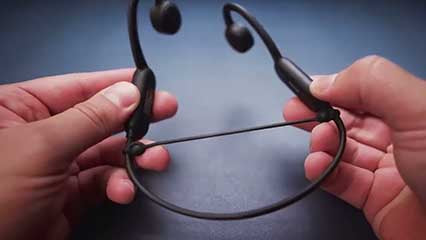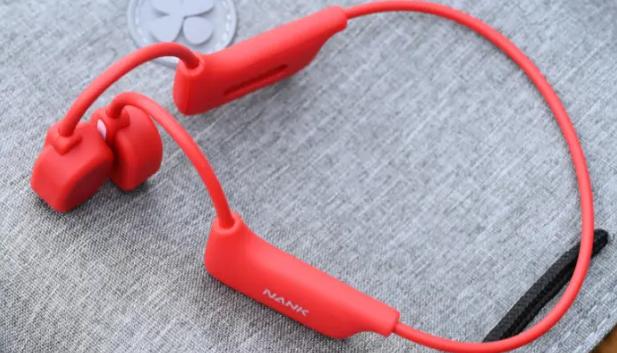As a seasoned guide in the realm of bone conduction headphones, this comprehensive overview aims to unravel the intricate world of auditory technology. With a focus on keywords such as bone conduction headphones, open ear headphones, waterproof headphones, cycling headphones, and out-of-ear headphones, this guide provides an in-depth exploration of the diverse landscape of bone conduction audio devices.
Understanding Bone Conduction Technology
How It Works
Bone conduction headphones operate on a fascinating principle. Instead of delivering sound through traditional speakers, these innovative devices use bone conduction transducers to transmit vibrations directly to the listener's cochlea through the bones of the skull. This section delves into the mechanics of bone conduction, highlighting its advantages in terms of situational awareness and comfort.
Open Ear Design
One of the standout features of bone conduction headphones is their open ear design. Unlike traditional headphones that cover or insert into the ears, bone conduction headphones leave the ear canal unobstructed. This design not only enhances comfort but also allows users to stay aware of their surroundings. We explore the benefits of this design for various activities, from sports to daily commuting.

Exploring Specialized Bone Conduction Headphones
Waterproof Headphones
For those who seek adventure, waterproof bone conduction headphones are the perfect companions. Whether you're swimming, running in the rain, or sweating it out in the gym, these headphones provide a secure and water-resistant audio solution. This segment details the technology behind waterproofing bone conduction headphones and highlights their suitability for aquatic activities.
Cycling Headphones
Cyclists, in particular, benefit from the unique advantages of bone conduction technology. The open ear design allows cyclists to enjoy their favorite tunes or stay connected while remaining attentive to traffic and ambient sounds. We delve into the features that make bone conduction headphones ideal for cycling enthusiasts.
Out-of-Ear Headphones
For individuals who experience discomfort with in-ear or over-ear headphones, out-of-ear bone conduction headphones offer a compelling alternative. This section discusses the ergonomic advantages and comfort aspects, making bone conduction technology accessible to a broader audience.
Choosing the Right Bone Conduction Headphones
Key Features to Consider
When navigating the market for bone conduction headphones, certain features become pivotal in making an informed choice. From battery life and connectivity options to durability and sound quality, we guide prospective buyers through the critical considerations that ensure a satisfactory purchase.
Notable Brands and Models
The market is brimming with bone conduction headphones from various brands. This part of the guide showcases some of the leading brands and their standout models, offering readers insights into the diverse options available.

Maintenance and Care Tips
Bone conduction headphones, like any technological device, require proper care for optimal performance and longevity. This section provides practical tips on cleaning, storage, and general maintenance to ensure that users get the most out of their bone conduction headphones.
Conclusion
In conclusion, bone conduction headphones represent a paradigm shift in the world of personal audio. With their innovative technology, open ear design, and specialized variations for different activities, these headphones cater to a broad spectrum of users. Whether you're an athlete, commuter, or someone seeking an alternative to traditional headphones, the world of bone conduction awaits, promising a unique and immersive auditory experience.
FAQs: Frequently Asked Questions about Bone Conduction Headphones
Q1: Are bone conduction headphones suitable for swimming? A1: Yes, there are waterproof bone conduction headphones specifically designed for swimming. These headphones use advanced sealing technology to provide a secure and water-resistant audio experience.
Q2: Can bone conduction headphones be worn comfortably for extended periods? A2: The open ear design of bone conduction headphones enhances comfort, and many users find them suitable for extended wear. However, individual preferences vary, so it's advisable to try different models to find the most comfortable fit.
Q3: Do bone conduction headphones compromise on sound quality? A3: While bone conduction headphones may not match the audio fidelity of high-end traditional headphones, advancements in technology have significantly improved their sound quality. Many users appreciate the balance between sound clarity and situational awareness that bone conduction provides.
Q4: Can bone conduction headphones be used for professional activities such as recording or studio work? A4: Bone conduction headphones are primarily designed for personal listening and activities where situational awareness is crucial. They may not be the optimal choice for professional audio work requiring precise sound isolation.
Q5: How do I clean and maintain my bone conduction headphones? A5: Cleaning bone conduction headphones involves gentle wiping with a damp cloth. Avoid using harsh chemicals, and store them in a cool, dry place. Regular maintenance ensures optimal performance and longevity.
These FAQs offer valuable insights into common queries related to bone conduction headphones, providing users with additional guidance as they explore this innovative realm of auditory technology.


